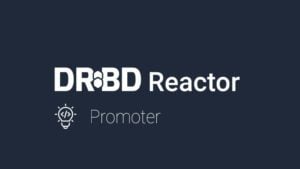
High-Availability with DRBD Reactor & Promoter
In this blog post, we discuss the DRBD® Reactor and Promoter plug-in. Please read the overview blog post first if



In this blog post, we discuss the DRBD® Reactor and Promoter plug-in. Please read the overview blog post first if
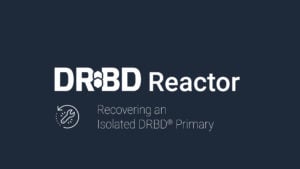
This blog post will show how DRBD® has recently added support for secondary –force can be of great use when combined
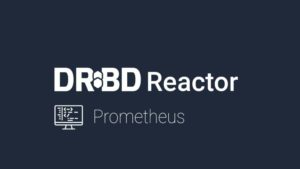
This blog post discusses the ‘Prometheus’ plugin, which implements a prometheus.io compatible metrics endpoint. But, first, for a more general introduction to
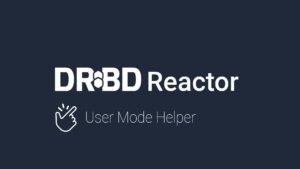
This blog post discusses the User Mode Helper (UMH) plugin. Read the overview blog post first for a more general introduction to
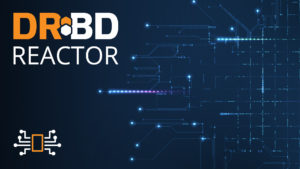
Over time, LINBIT® has built a variety of software components for use in highly-available systems. These components range from DRBD®

Before we describe what our LINSTOR® Operator does, it is a good idea to discuss what a Kubernetes Operator actually

Recently we introduced a Key/Value store in LINSTOR® and exposed it in a developer-friendly way in the Python API (python-linstor).

In this blog post, we present one of our recent extensions to the LINSTOR® ecosystem: A high-level, user-friendly Python API
As the world’s leading provider of Software-Defined Storage, High Availability, and Disaster Recovery software, LINBIT adds server clustering capabilities to any containerized, virtualized, or bare metal environment.
Copyright © 2025 LINBIT
All rights reserved. The words LINSTOR®, DRBD®, LINBIT®, and the logo LINSTOR®, DRBD®, and LINBIT® are trademarks or registered trademarks of LINBIT HA-Solutions GmbH.
By completing payment, you agree to allow your credit card to be charged the amount indicated above for access to LINBIT certified binaries.